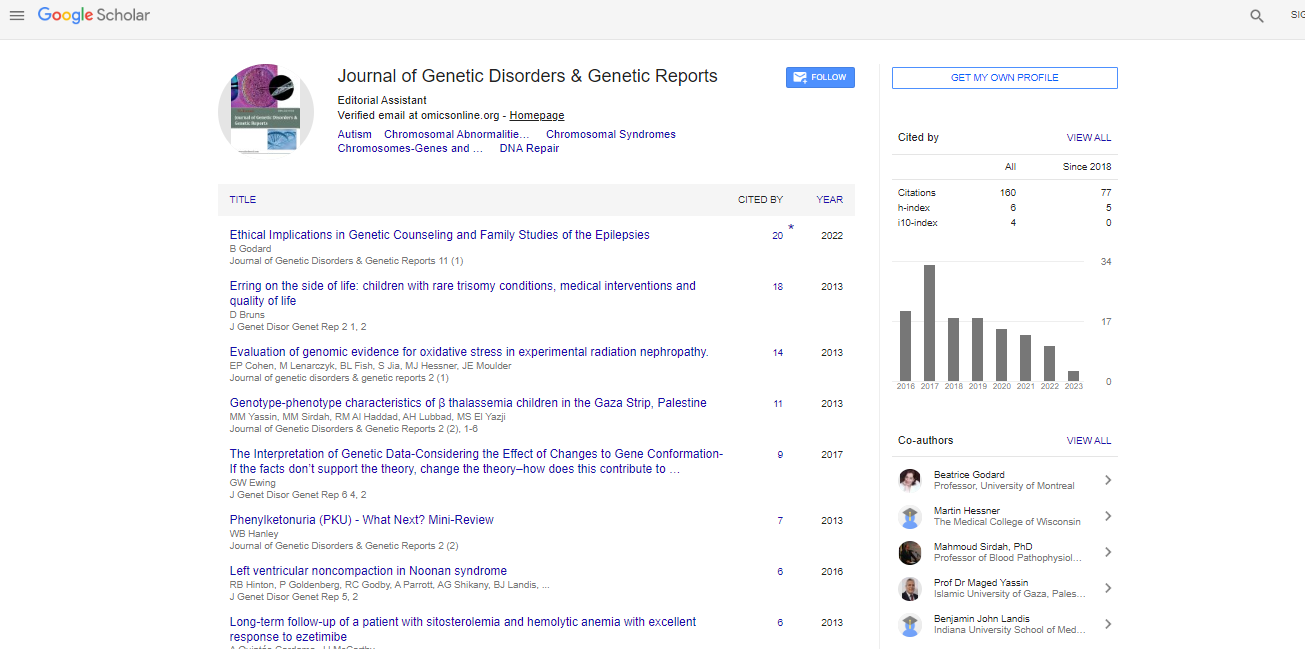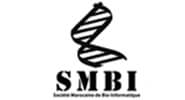Case Report, J Genet Disor Genet Rep Vol: 5 Issue: 3
Inherited Unbalanced Chromosome from Parent with Balanced Translocation: A Case Report and Review of Literature
| Kumari P1*, Mishra VV1 and Tewari S2 | |
| 1Department of Obstetrics and Gynecology, Institute of Kidney Diseases and Research Center, Dr. HL Trivedi Institute of Transplantation Sciences (IKDRCITS), Civil Hospital Campus, Asarwa, Ahmedabad, India | |
| 2Scientific Pathology, Agra, India | |
| Corresponding author : Kumari Pritti Department of Obstetrics and Gynecology, Institute of Kidney Diseases and Research Center, Dr. HL Trivedi Institute of Transplantation Sciences (IKDRC-ITS), Civil Hospital Campus, Asarwa, hmedabad, India Tel: +91 79 226871111 E-mail: preeti.ikdrc@gmail.com |
|
| Received: May 12, 2016 Accepted: June 29, 2016 Published: June 30, 2016 | |
| Citation: Kumari P, Mishra VV, Tewari S (2016) Inherited Unbalanced Chromosome from Parent with Balanced Translocation: A Case Report and Review of Literature. J Genet Disor Genet Rep 5:3. doi:10.4172/2327-5790.1000138 |
Abstract
Reciprocal translocations are common, and the translocation heterozygote (carrier) may have a risk to have a child who would be mentally and physically abnormal due to a segmental aneusomy. The carriers of balanced translocation mostly do not have recognizable phenotypic expression, however, they can produce unbalanced chromosome, which is transmitted to next generation through fertilization of gametes carrying the derivative chromosome. We describe a 4-year-old boy with partial 10q trisomy and distal 13qmonosomy. The patient presented with delayed milestones, dysmorphic face, congenital heart defect, renal and skeletal anomalies. The conventional cytogenetic analysis showed a 46,XY, add(13q) karyotype. The child inherited the unbalanced chromosome from mother who was a carrier of balanced reciprocal translocation,t(10;13)(p24.2;q33.1). The phenotype observed in our patient resulted from the combination of those defects described in the isolated dup(10q) and distal del(13q) syndromes but predominantly resembles the children with distal trisomy 10q syndrome. Our finding are in concordance with the literature and supports the importance of critical regions like 10q24 and 13q32 for the phenotypic expression of distal 10q trisomy syndrome and distal 13q trisomy syndrome respectively.
 Spanish
Spanish  Chinese
Chinese  Russian
Russian  German
German  French
French  Japanese
Japanese  Portuguese
Portuguese  Hindi
Hindi 



